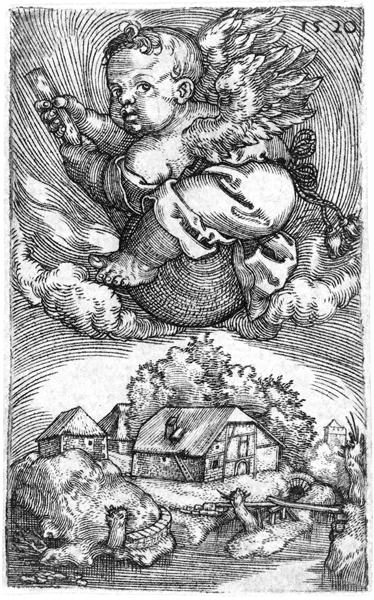Sebald Beham II

The present publication has benefitted, as with the preceding volume on Barthel Beham, from the diligent research and critical expertise of Anne Röver-Kann. She has updated attributions based on research published since Hollstein, added a list of forty-three rejected prints, and noted the difficulty in locating certain prints recorded by Pauli, which partly relates to the upheaval of two World wars and subsequent re- arrangement of collections in state institutions across Germany and eastern Europe. The new numbering has resulted in 275 engravings and etchings arranged over two volumes, as opposed to 270 recorded by Pauli in 1901; further volumes covering Beham’s larger number of woodcuts are forthcoming. Röver-Kann’s extensive research has greatly increased the listings of institutions holding Beham’s prints, which adds to our understanding of the significance of German 16th century printmakers beyond Dürer in the establishment of national print collections world-wide. The most important contribution of all New Hollstein volumes, is the quantity and high quality of illustrations, which not only reproduce every print described and many of their copies, but also enable the user to effectively distinguish tiny differences between states, as well as major changes between a fresh, early impression pulled from a new plate, as opposed to a worn, damaged one taken from a heavily used plate.
The results of this re-assessment of Sebald Beham are elucidated by Röver-Kann in her Introduction. Sebald’s relationship with his brother, Barthel, is one of the most intriguing aspects of his work. A study such as this makes it clear that it was not just Albrecht Dürer that developed the market for single-sheet prints, but many of his followers too. The natural ability of the Beham brothers to create small, easily repeatable designs is well demonstrated by the large number of copies and reiterations in artefacts of everyday use that have survived. This not only furthers our understanding of Sebald Beham’s entrepreneurial skill, but also of his wide appeal to collectors of the late sixteenth century and subsequent generations.
Published in 2024
Compiler: Anne Röver-Kann
Editor: Giulia Bartrum
ISBN: 978-90-833681-3-9
272 pp.

